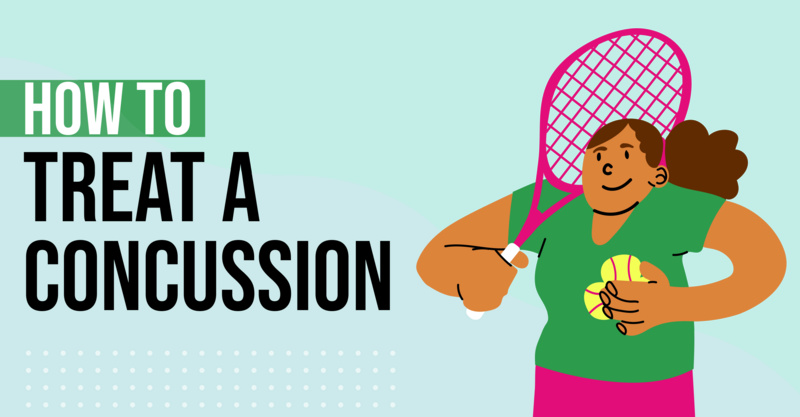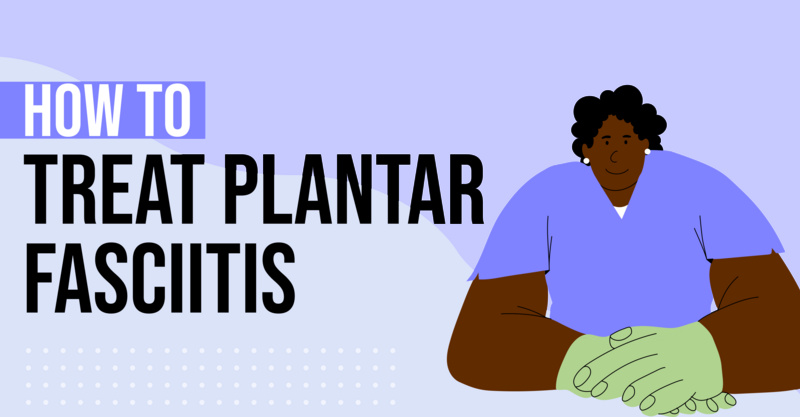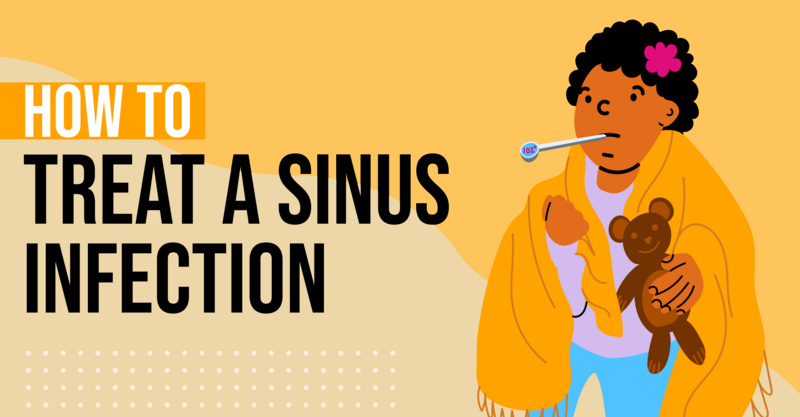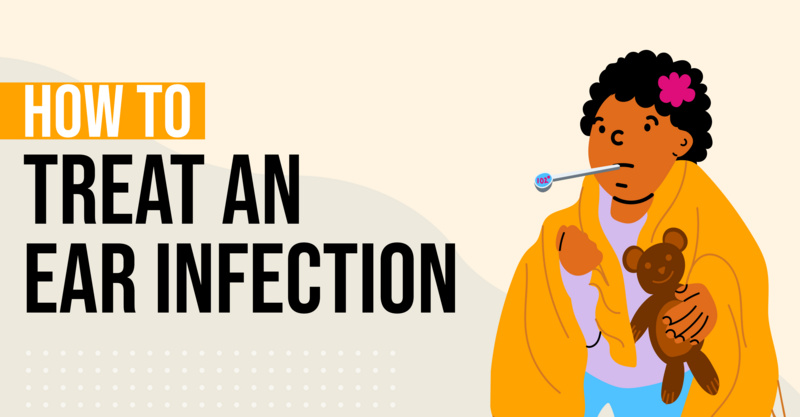Key Points
- Tennis elbow is a painful condition caused by overuse or misuse of forearm and elbow muscles and tendons, and it's not limited to tennis players.
- Symptoms include pain and tenderness on the outer part of the elbow, weakened grip strength, and discomfort when lifting or grasping objects.
- Most people recover with nonsurgical treatments such as rest, over-the-counter medications, ice application, physical therapy, using a brace, and mobility exercises.
- The article provides a list of exercises to strengthen the affected muscles and tendons.
- If the pain is severe or persistent, it's advised to see a doctor who may recommend stronger medications, steroid injections, a custom brace, or even surgery.
If you’re feeling some pain or tenderness on the outer part of your elbow, you may be suffering from tennis elbow—and no, you don’t need to be a professional tennis player (or even an unprofessional tennis player) to have tennis elbow.
Tennis elbow is a condition caused by the overuse or misuse of the muscles and tendons in the forearm and elbow, according to the Mayo Clinic. This can happen when there is a repetitive motion or strain on the tendons—often from activities such as playing tennis, using hand tools, or repetitive computer mouse use.
Symptoms of Tennis Elbow
The symptoms of tennis elbow, according to the Cleveland Clinic include:
- Pain and tenderness on the outer part of the elbow
- Weakened grip strength
Discomfort when lifting or grasping objects
In some cases, the pain may radiate down the forearm. Additionally, individuals with tennis elbow may experience difficulty extending their wrist.
What to do if you Have Tennis Elbow
Approximately 80% to 95% of people with tennis elbow can recover with nonsurgical treatment, according to Covenant Health. They recommend the following steps to support your body’s natural healing:
- Rest - This means that you will have to stop participation in sports or heavy work activities for several weeks.
- Take an anti-inflammatory - Over-the-counter medications like aspirin or ibuprofen can reduce pain and swelling.
- Check your equipment - If you participate in a racquet sport (like tennis, racquetball, or pickleball), you should have your equipment checked for proper fit.
- Ice - Applying a cold compress to your elbow can help reduce swelling and pain.
- Physical therapy - If home treatments and exercises aren’t helping, a physical therapist may be able to perform ultrasound, ice massage, or muscle-stimulating techniques to improve muscle healing.
- Brace - Using a brace centered over the back of your forearm can reduce symptoms by resting the muscles and tendons.
- Mobility exercises - Strengthening the muscles and tendons of the forearm and elbow can help you heal from tennis elbow and prevent future flare-ups. Below you’ll find the best mobility exercises for tennis elbow.
Exercises for Tennis Elbow
Medical News Today explains several mobility exercises that can help strengthen the muscles and tendons that are causing your pain:
1. Wrist Turn
- Bend the elbow at a right angle
- Extend the hand outwards, palm facing up
- Twist the wrist around gradually, until the palm is facing down
- Hold the position for 5 seconds
- Repeat nine more times
2. Wrist Turn With Weight
The wrist turn with weight is the same as the wrist turn above. But, in this version, the person also grips a light weight—such as a small dumbbell or a small can of food.
3. Wrist Lift, Palm Up
- Grip a light weight, such as a small dumbbell or can of food
- Bend the elbow at a right angle
- Extend the hand outwards, palm facing up
- Bend the wrist up towards the body
- Hold this position for 5 seconds, then release slowly
- Repeat nine more times
4. Elbow Bend
- Stand straight with your arms down to your side
- Slowly bend the affected arm upwards until the hand touches the shoulder
- Hold this position for 15 to 30 seconds
- Repeat nine more times
5. Wrist Extensor Stretch
- Raise the arm straight out in front of the body
- With the palm facing down, slowly bend the wrist downwards
- Using the other hand, gently pull the stretching hand back toward the body
- Hold this position for 15 to 30 seconds
- Straighten the wrist again
- Repeat twice
6. Wrist Extensor Flex
- Raise the arm straight out in front of the body
- With the palm facing down, slowly bend the wrist upwards
- Using the other hand, gently pull the fingers back toward the body
- Hold this position for 15 to 30 seconds
- Straighten the wrist again
- Repeat twice
7. Fist Squeeze
- Use a rolled-up towel, sock, or tennis ball and place in the palm
- Grip the ball or towel with the fingers to form a fist
- Squeeze tightly for 10 seconds
- Repeat nine more times
8. Towel Twist
- Hold a loosely rolled-up towel lengthways, with one hand at each end
- Keep the shoulders relaxed
- Twist the towel by moving the hands in opposite directions, as if wringing out water
- Repeat nine more times
- Then repeat ten more times twisting the towel in the reverse direction
When to see a Doctor for tennis elbow
Most people can treat the pain and inflammation caused by tennis elbow with the home remedies and exercises listed above, however, Medical News Today notes that you should see a doctor if the pain is severe or does not go away within 2 weeks.
They note that your doctor may be able to prescribe stronger medications, steroid injections, physical therapy, a custom brace, or surgical treatment. It is important to temporarily stop the activity suspected of causing the discomfort to allow for healing.
What to Remember About Tennis Elbow
Tennis elbow happens when the muscles and tendons of the forearm and elbow are overused or misused. The most common symptoms of tennis elbow are pain and tenderness around the outer elbow, reduced grip strength, and pain when picking up objects. Up to 80% of tennis elbow cases can be treated at home with the following:
- Rest
- Over-the-counter anti-inflammatories like ibuprofen
- Proper form and equipment
- Ice
- Mobility exercises
If your symptoms don’t improve within two weeks, you should see a doctor.
Frequently asked questions
What causes tennis elbow?
Tennis elbow is caused by overuse or misuse of the muscles and tendons in the forearm and elbow. It's not only seen in tennis players, but also in people who engage in repetitive activities like using hand tools or a computer mouse.What are the symptoms of tennis elbow?
Symptoms of tennis elbow include pain and tenderness on the outer part of the elbow, weakened grip strength, and discomfort when lifting or grasping objects.How can tennis elbow be treated at home?
Tennis elbow can be treated at home with rest, over-the-counter anti-inflammatory medications, applying ice to reduce swelling and pain, using a brace, and doing mobility exercises.What exercises can help with tennis elbow?
The article provides a list of exercises that can help strengthen the muscles and tendons causing the pain.When should I see a doctor for tennis elbow?
If your pain is severe or doesn't go away within two weeks, it's recommended to see a doctor.What treatments might a doctor recommend for tennis elbow?
A doctor may prescribe stronger medications, steroid injections, physical therapy, a custom brace, or surgical treatment for severe or persistent tennis elbow.Is tennis elbow only caused by playing tennis?
No, tennis elbow is not exclusive to tennis players. It can also be caused by other repetitive activities like using hand tools or a computer mouse.Can tennis elbow be prevented?
Yes, by checking your equipment for proper fit if you participate in a racquet sport, and by taking regular breaks from repetitive activities, you can help prevent tennis elbow.
Solv has strict sourcing guidelines and relies on peer-reviewed studies, academic research institutions, and medical associations. We avoid using tertiary references.

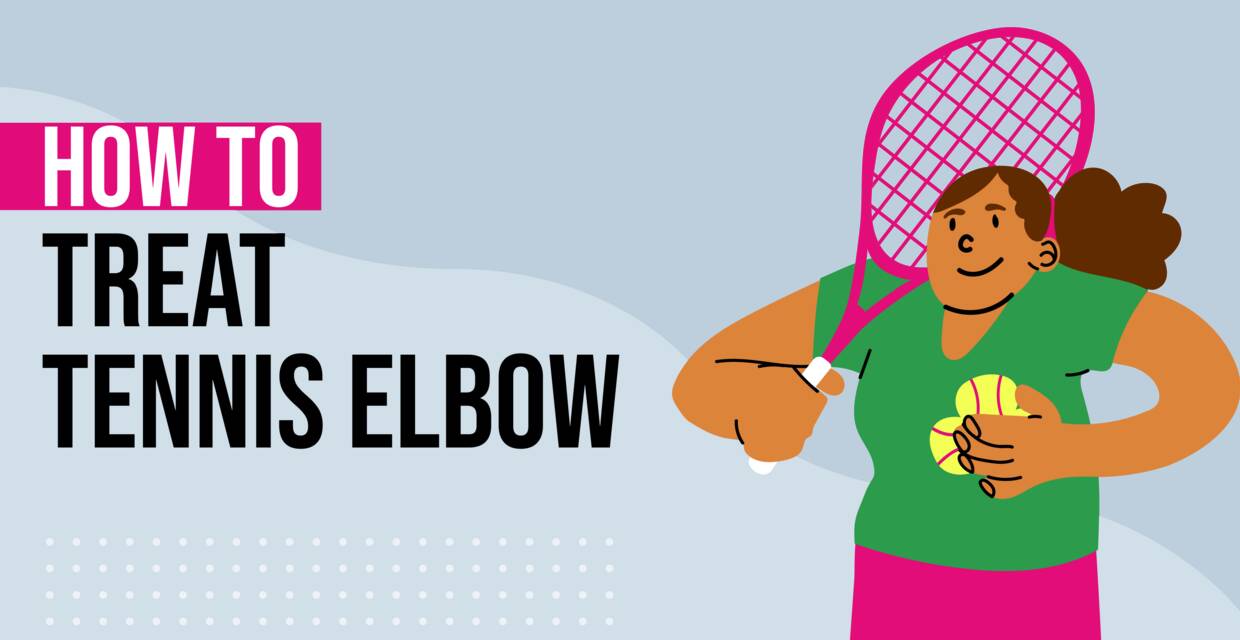
 LinkedIn
LinkedIn

